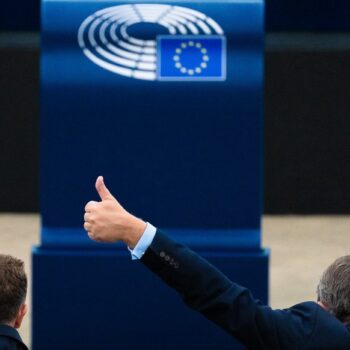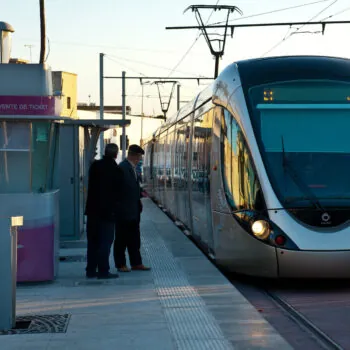The EU and China are pivotal to global climate progress as clean technology powers and agenda-setters in international climate governance. A series of bilateral meetings this July offers a pragmatic opportunity to engage strategically on key interests, with climate cooperation and leadership should take centre stage. These discussions can shape the outcome of COP30 and set the course for global climate action over the coming decade. In this briefing, we set out six steps towards a revitalised EU–China climate agenda, to deliver climate safety and grow the global clean economy.
Despite high expectations for renewed collaboration, the path forward is increasingly complex, strained by geopolitical tensions, trade imbalances and erosion of trust. Allowing these challenges to push the talks off course would be a mistake and strategic error. Climate diplomacy offers a vital opportunity to stabilise a fractured geopolitical landscape. The EU and China have clear strategic interests in working together to protect and propel forward the Paris Agreement, uphold climate ambitions, shape global standards, promote fairer competition, and secure leadership in the clean energy transition.
Our briefing sets out pragmatic steps, grounded in the EU’s long-term strategic, diplomatic, and economic interests with respect to China, which could be laid out at the EU–China Summit and further strengthened in the months ahead.
Six steps for building confidence in climate action and green growth
1. Send political signals upholding multilateralism, the Paris Agreement and climate cooperation
The time has come for the EU and China to demonstrate once again that bilateral climate cooperation can continue despite geopolitical tensions and serve as a foundation for global stability and progress. Building on previous EU–China climate statements (2018, 2019) and the recent France–China declaration.
2. Set ambitious and aligned 2035 Nationally Determined Contributions (NDCs)
The most catalytic step the EU and China can take this year is to submit ambitious, credible, and net-zero-aligned NDCs at the EU–China High-Level Summit in July, with clear delivery pathways and signals on fossil fuel transitions. This would anchor global efforts and encourage other major economies to raise their targets ahead of COP30.
3. Support climate-aligned finance market regulation
To scale clean investment, global capital markets must align with climate goals. The EU and China should build on the Common Ground Taxonomy and work with other major financial centres to issue a joint statement and collective workplan for continued international financial market regulation and reform to complement and expand beyond the G20 efforts.
4. Coordinate on scaling clean technology trade
In the face of broad-based tariff hikes and trade uncertainty, the EU and China have a common interest in ensuring stability and predictability for the global economy, including in cleantech supply chains. A pragmatic area for enhanced cooperation would be around developing interoperable carbon accounting and product standards to green industrial supply chains and facilitate cross-border trade.
5. Scale clean investment through reform of financial markets, multilateral development banks (MDBs) and the IMF, and through country platforms
MDBs are key to mobilising climate investment and shaping policy in EMDEs, offering a practical avenue for EU–China collaboration. European and Chinese finance ministers should launch a dialogue on a common agenda for MDB and IMF reform and defence, with a view to upholding and expanding their work to increase climate financing.
The EU and China should align public and private investment around emerging “country platforms” in key developing countries. These platforms can drive policy reform, scale markets, and reduce fragmentation, competition, and corruption risks to encourage and increase plans and funding for both mitigation and adaptation. Joint support through bilateral funding, at the Ministerial on Climate Action, or in the development of the Brazil-led Baku to Belém Roadmap, would reinforce these platforms as a key delivery tool for the global transition.
6. Signal joint support for climate resilience and global adaptation at COP30
The EU and China could express mutual solidarity and interdependence in the face of climate shocks, and signal support to global efforts for adaptation and resilience. Key actions could include supporting a high-level political coalition around adaptation, integrating climate change risks into plans and investments and supporting climate resilience in energy security. This could build momentum toward stronger adaptation outcomes at COP30 and COP31.


